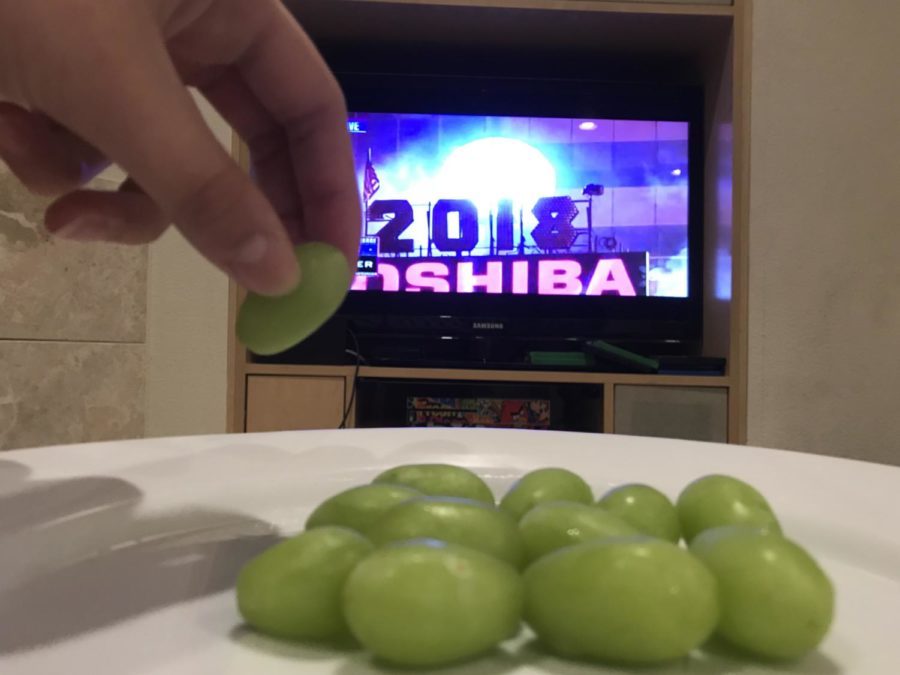In Denmark, it is a tradition to smash old dishes on the front doors of neighbors to celebrate New Year’s Eve, according to The Independent.
Traditional New Year’s celebrations from across the world offer a look into unique aspects of different cultural celebrations.
Tilden Pointer, a sophomore, said, “In Thailand, they have a different calendar so they celebrated the New Year 2561. They’re roughly 500 years ahead.”
Pointer, being ethnically Thai, is referring to the Buddhist Calendar used in Thailand that is 543 years ahead of the Gregorian calendar used in America, according to Thai World View.
The main New Year’s festival in Thailand is called Songkran and is actually held in April, according to the Telegraph. It marks the end of dry season and is celebrated by dousing others with water as a symbol of cleansing.
Having visited Thailand over winter break, Pointer said, “To celebrate [the New Year], we held a feast with our family.”
Another popular New Year’s celebration occurs in China.
“Chinese New Year’s is all about family reunion and preparation for a new year. My family celebrates it by cleaning and decorating the house as well as watching an annual New Year’s special on TV,” Jonathan Shi, a sophomore said.
Chinese New Year, also commonly known as the Spring Festival, is widely celebrated amongst Chinese and non-Chinese Americans as a symbol of renewal and cleansing, according to the History Channel. This includes cleaning the house and wearing brand new clothes on New Year’s Day.
“Doing chores is a great way to celebrate New Years,” Shi said. “It’s the best holiday because you get free money from your parents and elders.”
Christina Young, an ethnically Spanish sophomore, said, “In Spain, during the twelve seconds before midnight, you eat twelve grapes, one each second. The tradition is that each grape symbolizes good luck in each month of the new year.”
Although Young did not return to Spain over winter break, she was able to prepare for the celebration with her family.
Young said, “Over summer break, in Spain, my cousins taught me how to eat all twelve grapes in twelve seconds. It requires mouth stretching skills.”
This tradition is practiced in many Spanish households each year, according to Spain Is Culture.
Many Carlmont students have unique ways of celebrating the new year and enjoy taking part in their cultures’ traditions.

